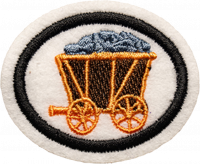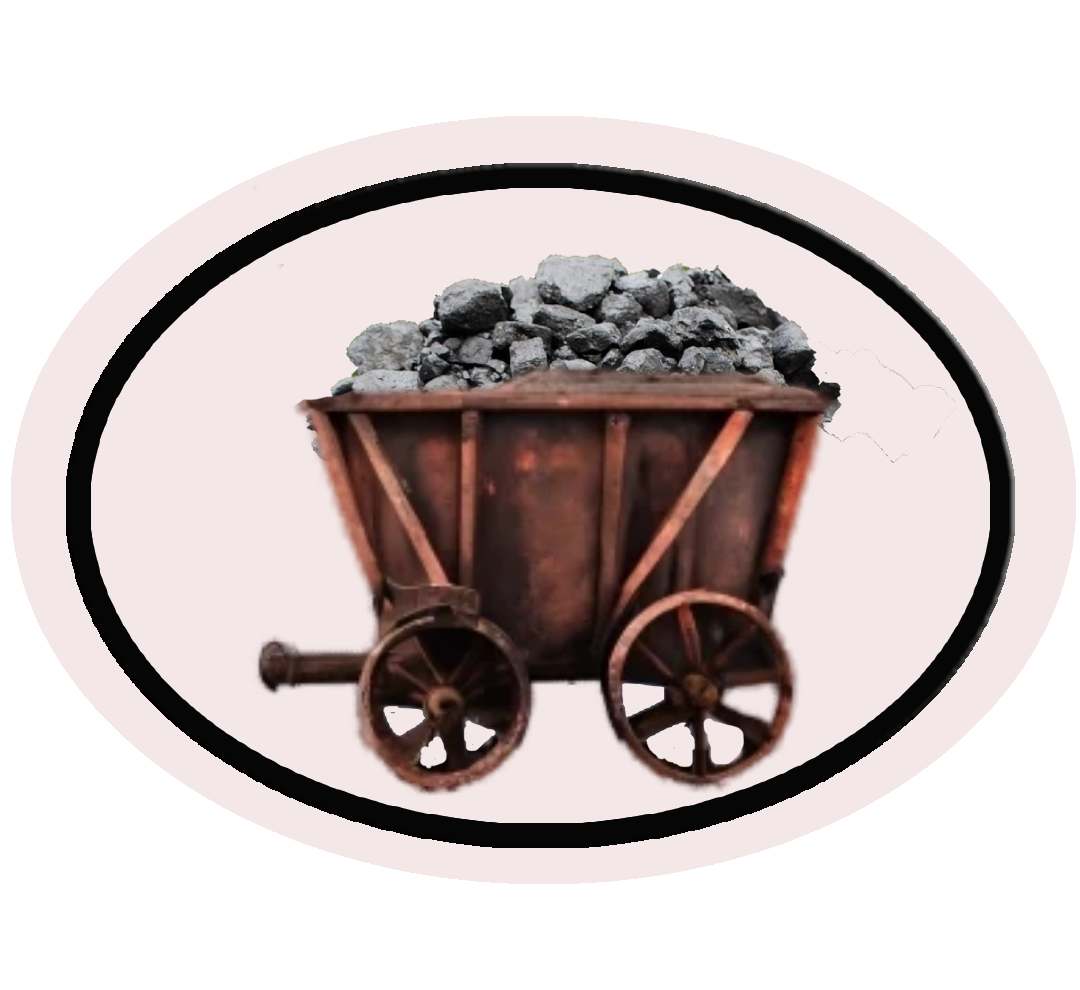Difference between revisions of "AY Honors/Coal/Requirements"
(Marked this version for translation) |
|||
| Line 14: | Line 14: | ||
<b>4. <section begin=req4 /><noinclude><translate><!--T:4--> | <b>4. <section begin=req4 /><noinclude><translate><!--T:4--> | ||
| − | </noinclude> | + | </noinclude>Define the following units of heat: |
<noinclude></translate></noinclude><section end=req4 /></b> | <noinclude></translate></noinclude><section end=req4 /></b> | ||
| + | |||
| + | :<b>a. <section begin=req4a /><noinclude><translate></noinclude>British Thermal Unit (BTU) (imperial system of a unit of heat) | ||
| + | <noinclude></translate></noinclude><section end=req4a /></b> | ||
| + | |||
| + | :<b>b. <section begin=req4b /><noinclude><translate></noinclude>Kilojoule (kJ) (metric system of a unit of heat) | ||
| + | <noinclude></translate></noinclude><section end=req4b /></b> | ||
<b>5. <section begin=req5 /><noinclude><translate><!--T:5--> | <b>5. <section begin=req5 /><noinclude><translate><!--T:5--> | ||
Latest revision as of 00:02, 2 May 2024
1. What is coal?
2. Read the flood story in Genesis 6-8 and relate the events as outlined in the story to how coal was formed. How does the Genesis flood account compare to other theories on the formation of coal and discuss in small groups assumptions that each theory needs to make and your opinion on the theories.
3. Why is coal called a fossil fuel? What are other fossil fuels and why is it important to conserve fossil fuels and explore renewable fuels/energy sources? How much does your local electric company rely on fossil fuels?
4. Define the following units of heat:
- a. British Thermal Unit (BTU) (imperial system of a unit of heat)
- b. Kilojoule (kJ) (metric system of a unit of heat)
5. List three of the major uses of coal today and three major historic uses of coal.
6. List three advantages and three disadvantages of using coal as a fuel.
7. List four major environmental impacts of coal use. What methods can be used to mitigate them?
8. Describe at least three surface mining methods and three subsurface mining methods that are used to extract coal. Research and identify the type of coal mining method nearest to your home.
9. Discuss three major hazards of underground coal mining and what is done to reduce them.
10. Collect pictures or specimens and be able to identify the four main types of coal:
- a. Lignite coal
- b. Anthracite coal
- c. Subbituminous coal
- d. Bituminous coal
11. Know the characteristics of each of the four main types of coal, including: percentage of carbon; color range and appearance features; primary uses; BTU (kJ) content; areas where mined; and other facts of interest.
12. Obtain at least one specimen of coal.
- a. Study and record as many observations as you can concerning the specimen(s) you have, including color, hardness, flakiness, etc.
- b. Using the knowledge gained in this honor, identify the coal type.
- c. Try lighting a chunk of coal with a lighter or match. How easily can the specimen(s) be lit in comparison to other combustible materials?
- d. Grind the material into a powder and repeat the experiment. What were the results?
13. Do one of the following:
- a. Tour a coal mine and have a group discussion on what you learned.
- b. Visit a coal mining museum and have a group discussion on what you learned.
- c. If there is no coal mine or museum nearby, watch a video on the mining of coal and have a group discussion on what you learned.
14. Memorize Romans 8:28. Discuss how bad events in your life, or of someone you know, has provided fuel for better things, in much the same way that the flood in Genesis created coal.


